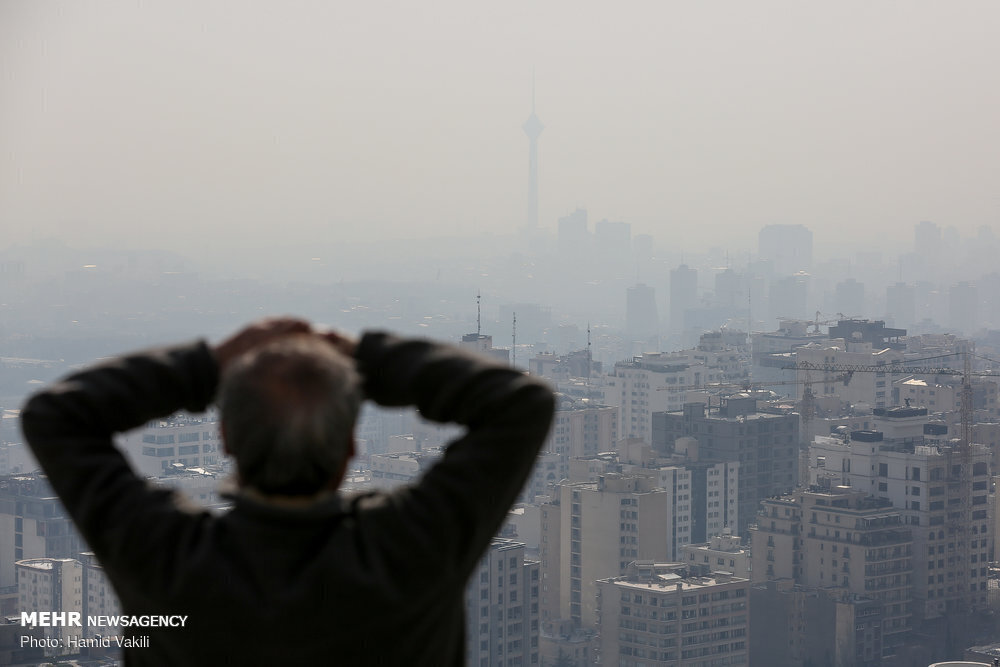Nanotechnology utilized to remove air pollutants


TEHRAN – A team of Iranian researchers has managed to find a way for using nanotechnology to remove nitrogen dioxide (NO2), a major toxic gaseous pollutant, from the air.
Air pollution is one of the most important problems in many countries, and to solve it, it is necessary to go beyond words and take effective practical steps.
In this regard, a group of researchers in the country have successfully tested the use of nanotechnology in removing important pollutants.
NO2 is associated with respiratory diseases, particularly asthma, leading to respiratory symptoms (such as coughing, wheezing, or difficulty breathing), hospital admissions, and visits to emergency rooms.
The main source of nitrogen dioxide resulting from human activities is the combustion of fossil fuels (coal, gas, and oil) especially fuel used in cars.
It is also produced by making nitric acid, welding and using explosives, refining petrol and metals, commercial manufacturing, and food manufacturing.
In order to control and reduce the emission of nitrogen oxides, different types of materials called catalysts are used. In this regard, scientists have been paying more attention to nano-catalyst materials.
The 2022 update of the World Health Organization’s air quality database introduces, for the first time, ground measurements of annual mean concentrations of nitrogen dioxide, a common urban pollutant, and precursor of particulate matter and ozone.
It also includes measurements of PM10 or PM2.5, both originate mainly from human activities related to fossil fuel combustion.
Sulfur dioxide is also a colorless gas or liquid with a strong, choking odor. It is produced from the burning of fossil fuels (coal and oil) and the smelting of mineral ores (aluminum, copper, zinc, lead, and iron) that contain sulfur.
The hazardous air is putting tens of millions of people at risk — not only in the capital but across the country.
Effects of air pollution on mental health are anxiety, productivity, concentration and focus, mental exhaustion and fatigue, dementia and other mental disorders, mood fluctuations and irritability, and consequences of air pollution on your physical health.
Particulate matter is capable of penetrating deep into the lungs and entering the bloodstream, causing cardiovascular, cerebrovascular (stroke), and respiratory impacts. There is emerging evidence that particulate matter impacts other organs and causes other diseases as well.
The nano industry is one of the technological fields that has processed growth and development in Iran, so that, the introduction of these quality products to the world is a necessity.
Iran Nanotechnology Innovation Council has been implementing plans to strengthen the nano sector over the past few years.
Some 270 companies are active in the nanotechnology field and it is predicted that their revenue will reach up to 80 trillion rials (nearly $310 million), the former Vice President for Science and Technology, Sourena Sattari, said.
On November 28, 2022, President Ebrahim Raisi declared to implement the “National Document for the Development of Nano Science and Technology”.
Consisting of 7 articles, the ten-year document aims to train human resources and provide infrastructure for the development and commercialization of technology. Priority industrial areas are water and environment, energy, agriculture, health, and construction.
MG



